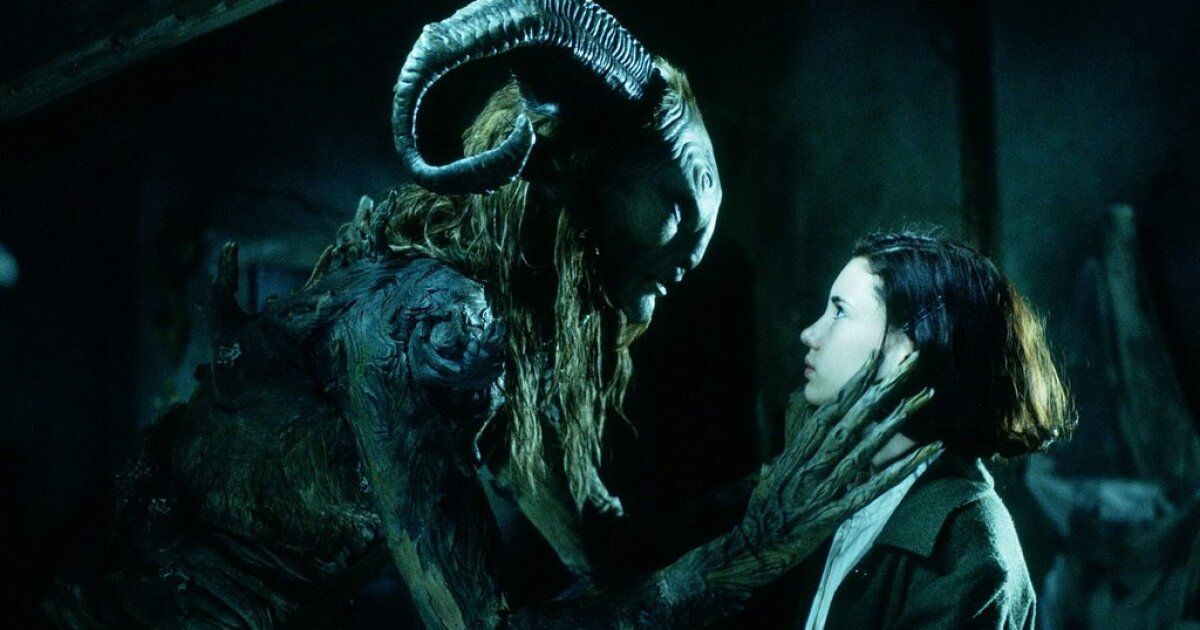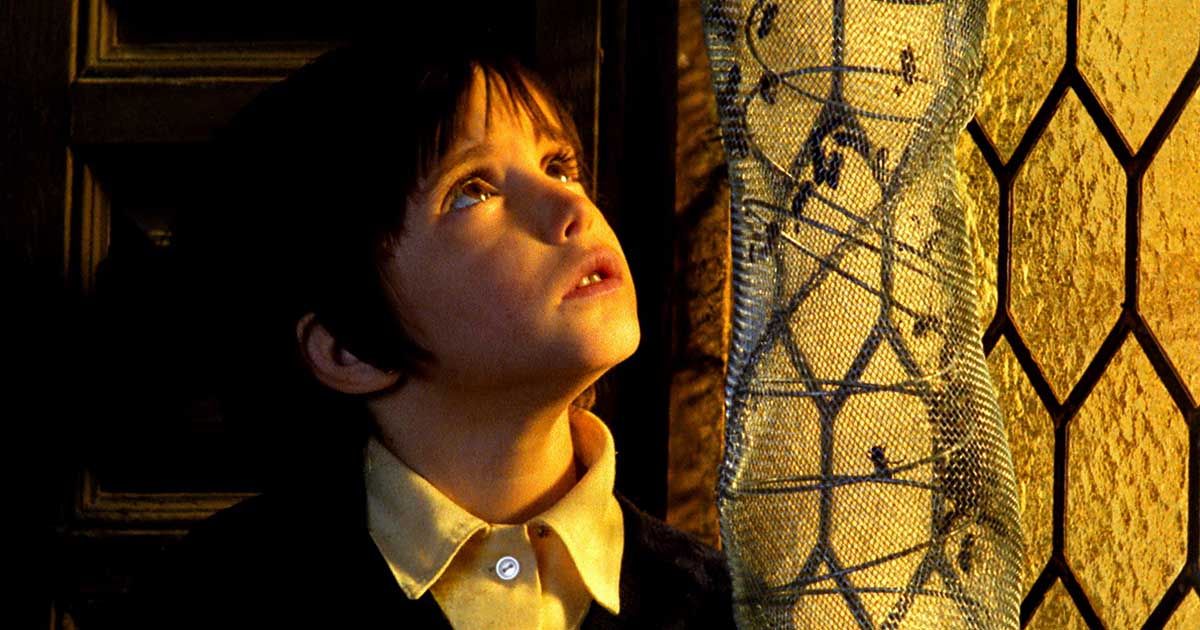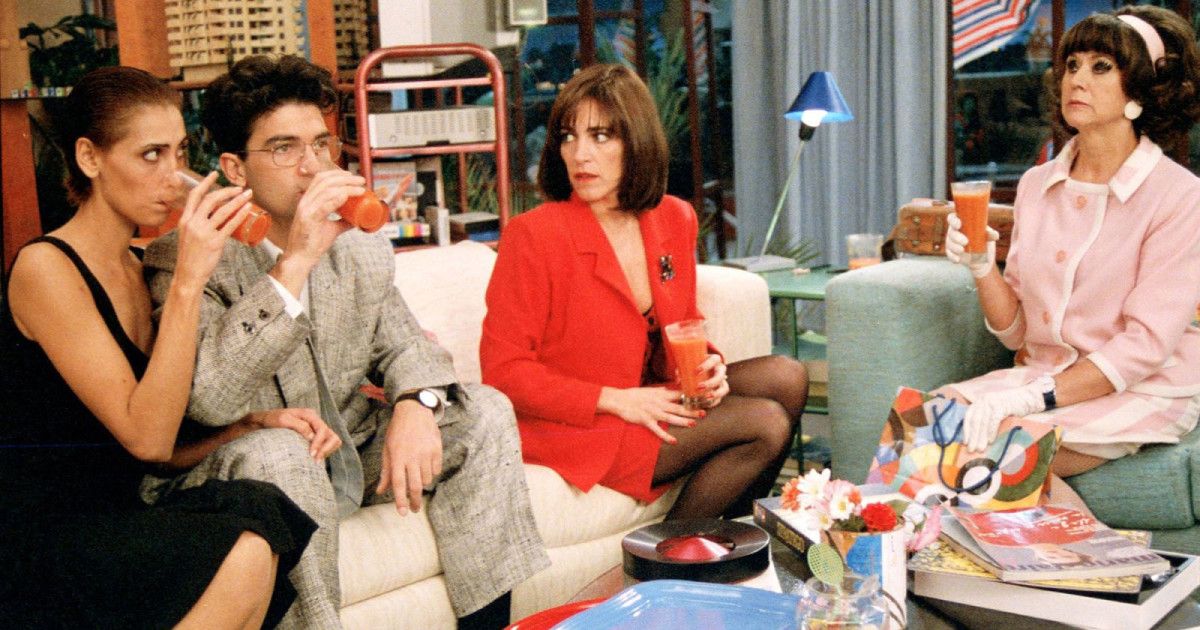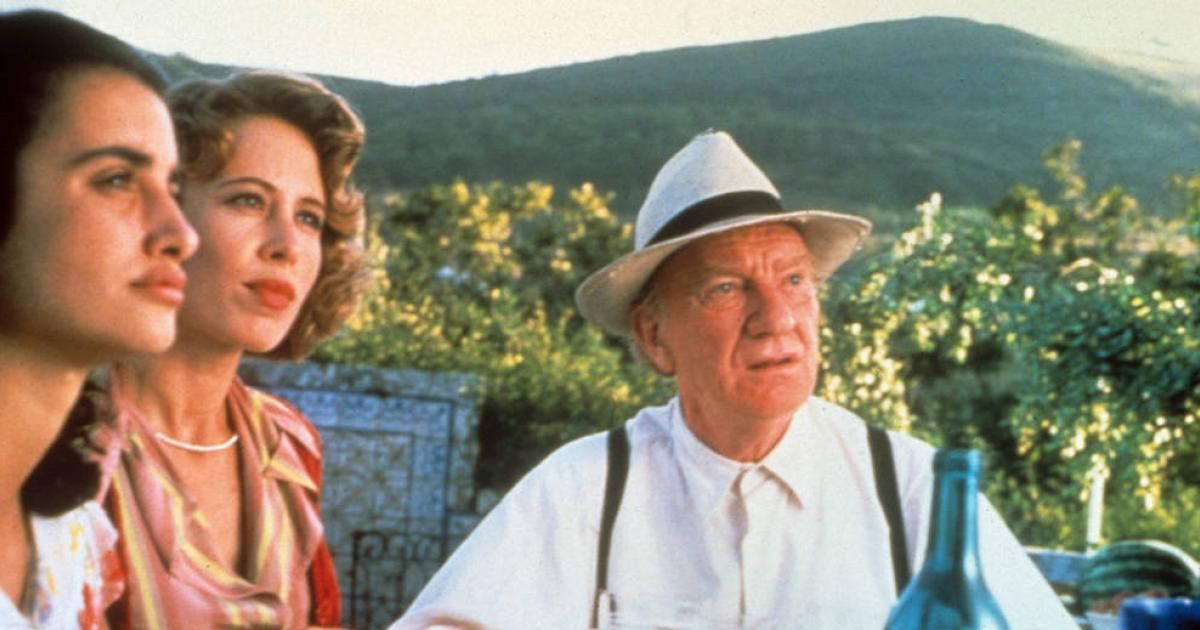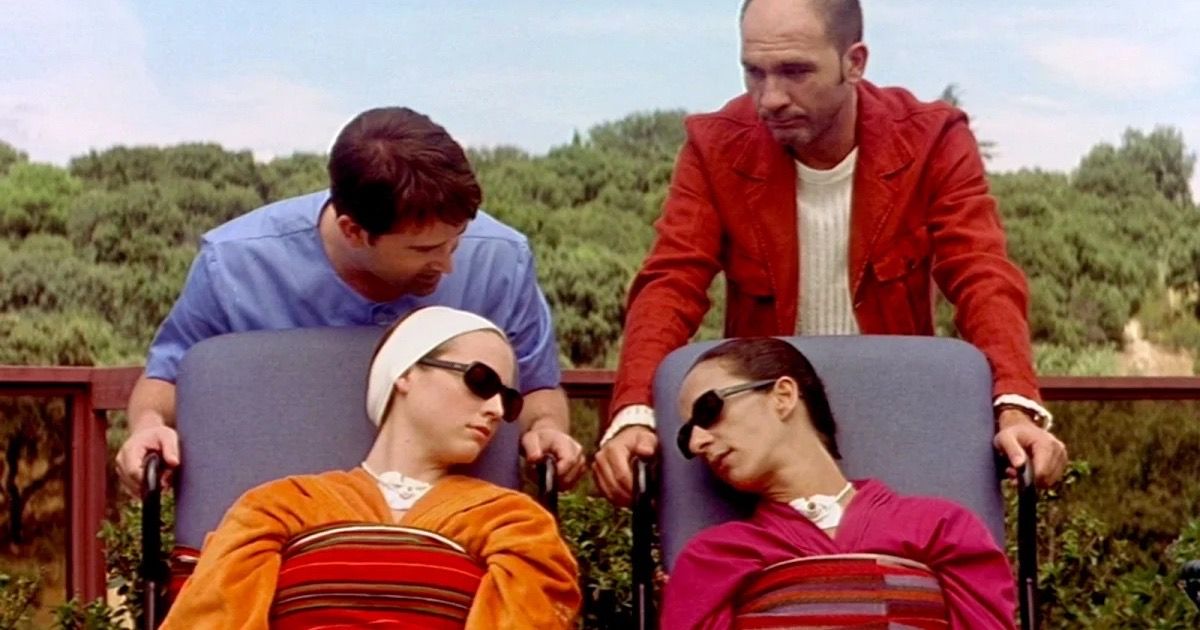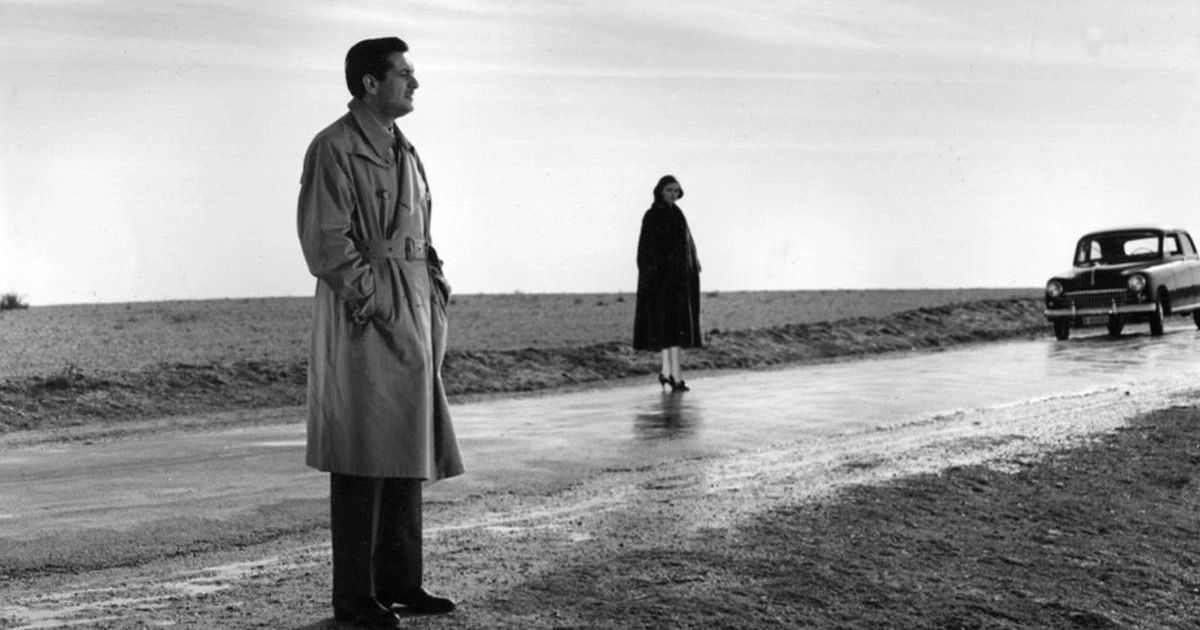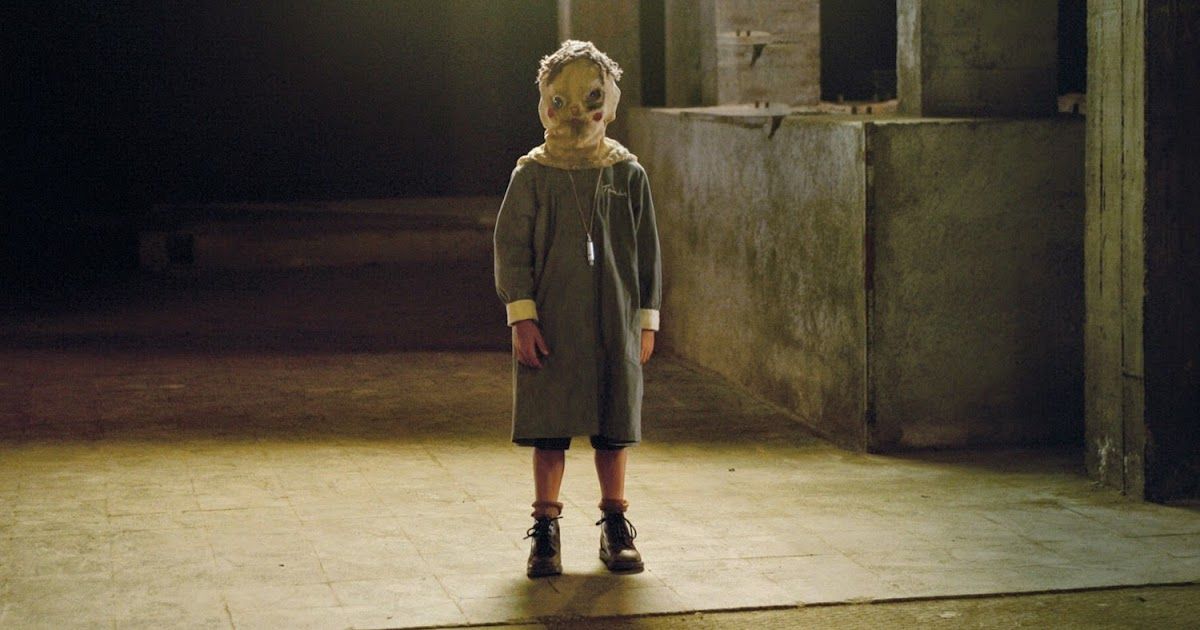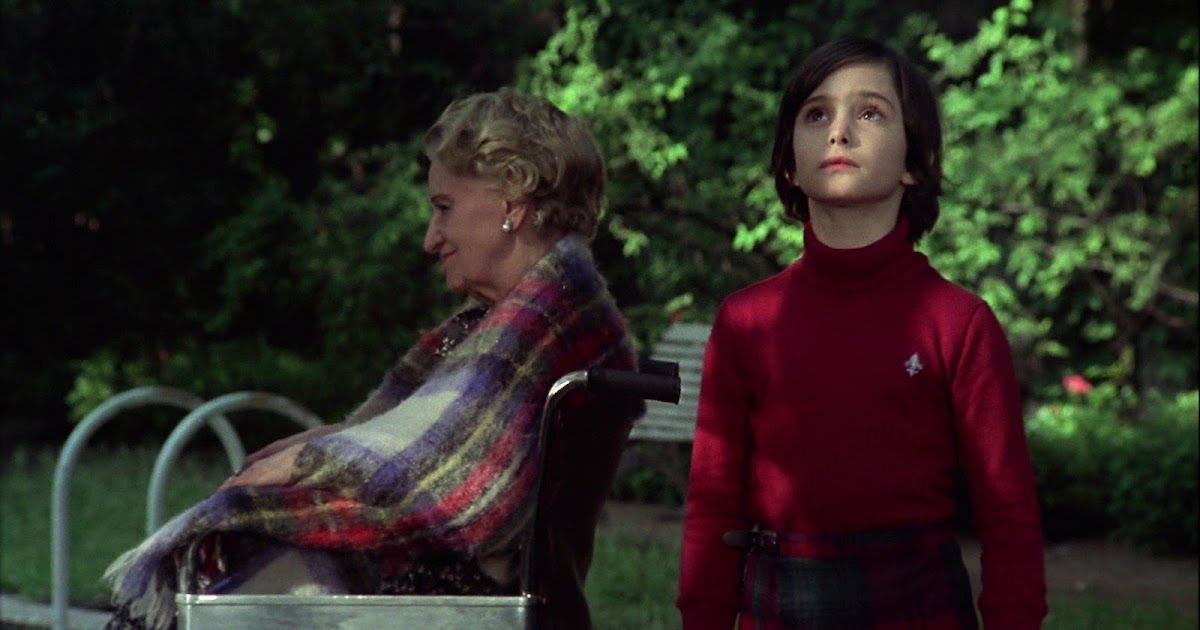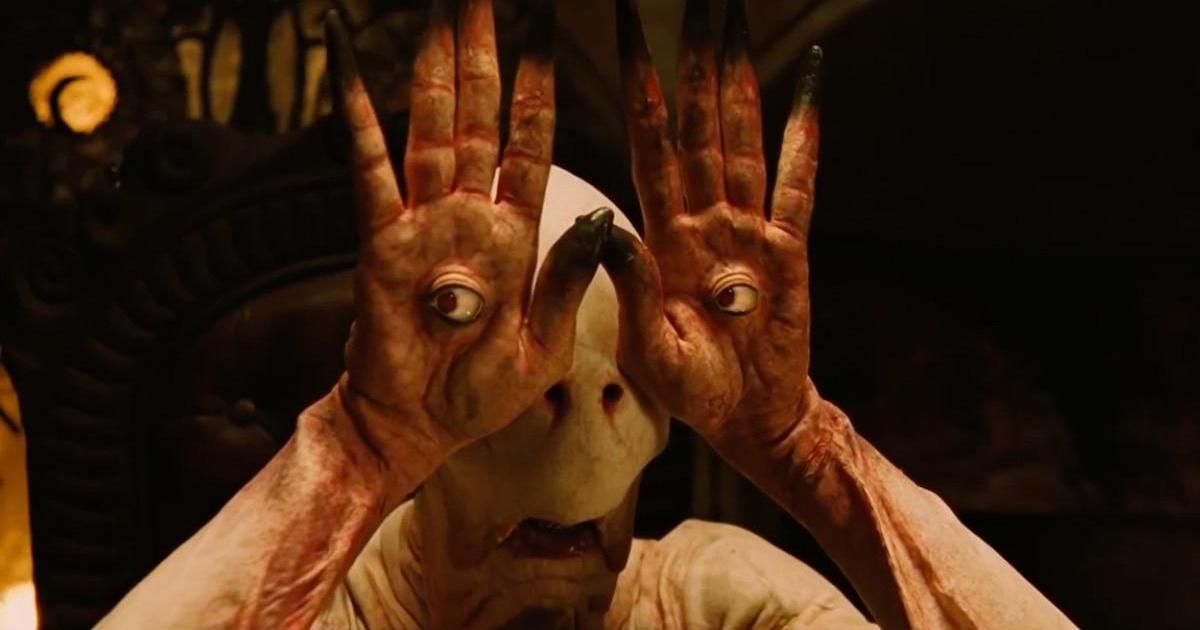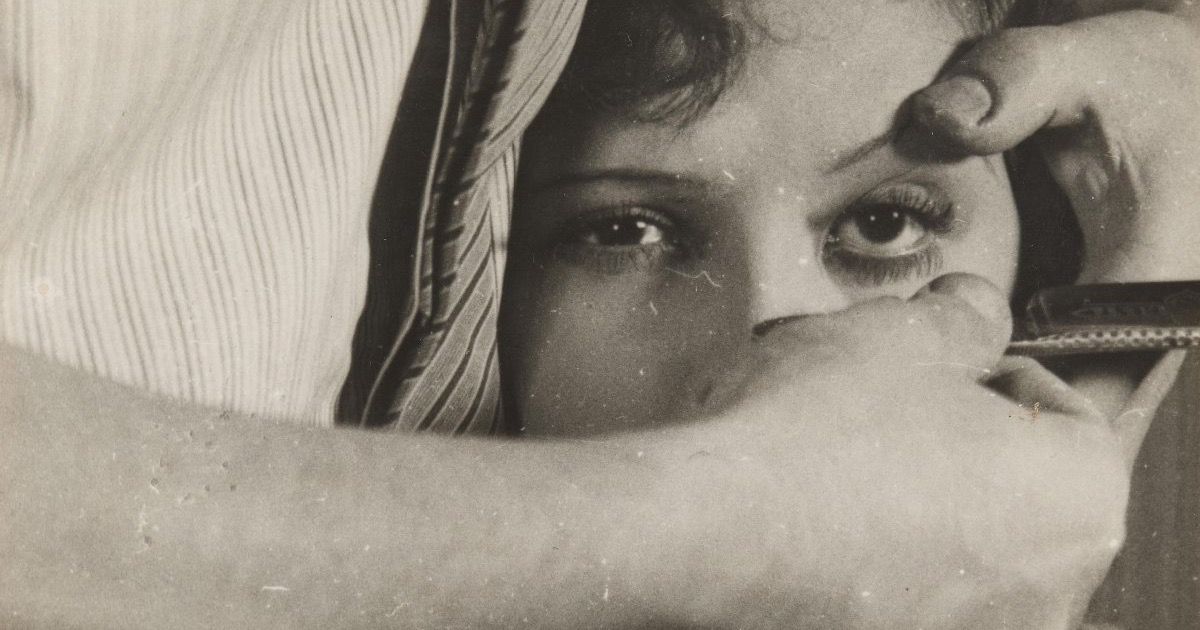The history of Spanish cinema is a rocky one from the start. The vast majority of silent film footage from before the Spanish Civil War (1936-1939) was unfortunately destroyed, with the celluloid being repurposed for other goods. During the Franco era (which lasted until the late '70s), a lot of the country’s cinematic talent, filmmakers and actors alike, fled to escape the oppressive regime.
More than many other European nations, Spain’s film industry has had a decidedly political bent, with a lot of propaganda as well as films that either tacitly or explicitly criticized the political atmosphere. Even with these difficult decades, Spanish cinema has come out the other side, producing some of the world’s most famous film auteurs.
From tales told by everyone from Buñuel to Almodóvar, here are the Spanish movies that deserve all the plaudits, the ones that gave Spain its place in international cinema fame.
10 The Spirit of the Beehive (1973)
First-time director Victor Erice managed to make a film critical of the Franco regime during the Franco regime, slipping past the 1973 censors to make what is generally regarded as one of the best Spanish films ever made. It had the benefit of casting one of the most astounding child actors ever, the winsome Ana Torrent, who was only seven years old at the time.
Ana is a lonely child growing up in a quiet village in 1940, nursing an obsession with the film Frankenstein. The movie and her empathy for the monster inspires her to care for a soldier on the run from Franco, which she attempts to hide from her family. It’s a beautiful, quiet, magic hour-tinted film about a little girl trying to understand the grownup world, and her eventual loss of innocence against an oppressive political background.
9 Women on the Verge of a Nervous Breakdown (1988)
Pedro Almodóvar is an internationally renowned director, and definitely one of Spain’s national treasures, and this entire list could easily have just been films of his creation. His 1988 black comedy was responsible for his introduction to the international stage, and also a big breakout for its star, Antonio Banderas. It’s the story of a couple in the process of breaking up, and both work as voice dubbers in the television industry.
The movie is filled with wacky situations and misunderstandings, from a woman who unwittingly had an affair with a terrorist to a quantity of poisoned gazpacho, a killing averted by a luggage cart, and the inimitable, exuberant genre-crossing style that Almodóvar is known for.
8 Belle Epoque (1994)
Winner of the 1994 Academy Award for Best Foreign Language Film, Fernando Trueba’s Belle Epoque is set in 1931 on the eve of the Second Republic. A deserting soldier, Fernando (Jorge Sanz) seeks refuge at the house of Manolo, an old man like something out of a fairy tale with four daughters, each more beautiful than the last (including Maribel Verdú of Y tu mamá también fame and Penélope Cruz in an early role).
Fernando falls in love with each one of them in turn (the lesbian sister included) before eventually realizing he should be with the youngest and most innocent, Luz (Cruz). The film is frothy and funny, a sweet and enjoyable comedy.
7 Talk to Her (2002)
Almodovar’s 2002 drama was one of the best films of the decade, Spanish or otherwise. Two men, Marco and Benigno, are both in love with women in comas, and the movie mostly unfolds in flashbacks. Marco’s relationship with matador Lydia had a somewhat peculiar beginning, but things are going alright when she tells him she needs to speak to him about something, right before she is gored in a bullfight and rendered comatose.
Benigno is a nurse with an unhealthy obsession with a dancer named Alicia, conveniently assigned to her care after she’s been hit by a car, and although he tells Marco that he is gay and merely a devoted caretaker, it emerges that he has raped Alicia and gotten her pregnant. The film incorporates haunting works by Pina Bausch and Caetano Veloso, and features Geraldine Chaplin as a ballet teacher.
6 Death of a Cyclist (1955)
Juan Antonio Bardem’s social realist film noir, with echoes of Diaboliques and Elevator to the Gallows. A professor, Juan, and his married lover, María Jose, accidentally run over a cyclist on the road; he is alive when they leave him, but his death is reported later. María Jose knows that confessing to the crime would mean confessing to the affair, and she is not prepared to leave the life of wealth she lives on account of her husband, and Juan also stands to lose his comfortable standing in society.
Interference from an art critic acquaintance pushes them both to the limit, with the result that Juan is ready to turn himself in, and expose María Jose at the same time. It’s a canny social satire that sees the characters pitted against each other fighting for what they think is right, or what they think is rightfully theirs.
5 The Orphanage (2007)
One of the most frightening, yet emotional horror films in recent memory is J. A. Bayona’s 2007 debut, about a woman named Laura who spent time in an orphanage as a child. Now married and with an adopted child of her own, Símon, Laura has bought the very same orphanage, planning on turning it into a care home for disabled children. Símon is afflicted with HIV, and increasingly aware that he is different from other children.
This leads to tension with Laura, and an argument during an open house at the home, after which Símon goes missing. Laura begins to experience visions that relate to her time there as a child, and horrific secrets are uncovered related to a former social worker at the home and her disfigured child. Belén Rueda is stunning as a woman trying to find out what happened to her child while also solving the mysteries of her tragic childhood.
4 Cria Cuervos (1976)
The great Carlos Saura directed this beauty in 1976, starring Ana Torrent (see The Spirit of the Beehive, above) and his partner at the time, Geraldine Chaplin, as Ana’s recently deceased mother, as well as Ana when she is older. Ana’s childhood is surrounded by silence and secrecy, after the somewhat scandalous death of her father as well, she spends the summer with her two sisters, her mute grandmother, a guinea pig, and a maid in relative happiness.
But once summer is over, the girls must live with their mother’s sister, Paulina, instead. The film jumps from flashback to present tense and back, and Ana must come to her own conclusions about what is going on, in a house heavy with the tensions of death and infidelity. There are numerous allusions to the political climate of the time, but Saura also noted his belief that “childhood is one of the most terrible parts in the life of a human being”.
3 All About My Mother (1999)
Winning both the Golden Globe and Oscar for Best Foreign Language film in 1999, Almodóvar’s dramatic comedy riffs off of a previous film, The Flower of My Secret. Manuela is a single mother who supervises organ donation, caught up in tragedy when her son Esteban is killed in a car accident while chasing after an actress he admires.
Manuela has his heart donated, and decides to set off in search of the father Esteban was unaware of, a trans woman named Lola who was similarly unaware of Esteban’s existence. When Manuela does find Lola, she learns that she has AIDS, as do several of the new friends she meets along her journey, including Rosa (Penélope Cruz), a nun impregnated by Lola. It’s another beautifully imagined film that tackles dark and dismal subjects with Almodóvar’s typical humor and warmth.
2 Pan’s Labyrinth (2006)
Guillermo del Toro’s sixth film was everything you could want in a movie: a dark fairy tale, historical drama, political condemnation, and a coming-of-age story. Released in 2006 and set in 1944 in the dark days of Francoist Spain, young Ofelia is trying to protect her sickly mother from her Falangist stepfather, a difficult enough task before her life takes a strange turn, and she stumbles into the underworld, where she is believed to be the reincarnation of the king’s beloved daughter.
Ofelia meets an insect who transforms into a fairy, a faun, and the terrifying Pale Man, and she fights to reach the center of the labyrinth even as she battles to save her mother and unborn baby sibling. Pan's Labyrinth has so many intricate levels that you’ll want to watch it numerous times to make sure you don’t miss anything.
1 Un Chien Andalou (1929)
One of the first movies you watch in film school is Luis Buñuel and Salvador Dalí’s 1929 silent short, Un Chien Andalou (An Andalusian Dog). It’s regarded as a key document of the surrealist movement, and don’t go in expecting a plot you can follow. The time, setting, and characters jump from here to there with little rhyme or reason. It’s well-known for a shocking scene where a shot of a woman’s eye with a razor near it followed by a shot of clouds over the moon, then a quick cut to a razor slicing into an animal’s eye.
Buñuel and Dali worked hard to ensure that there was nothing at all rational or explicable about the movie, although there is some definite Freudian symbolism. It’s an undeniable masterpiece that has influenced countless artists and filmmakers over the years, so just sit back and don’t try and make sense of it.

